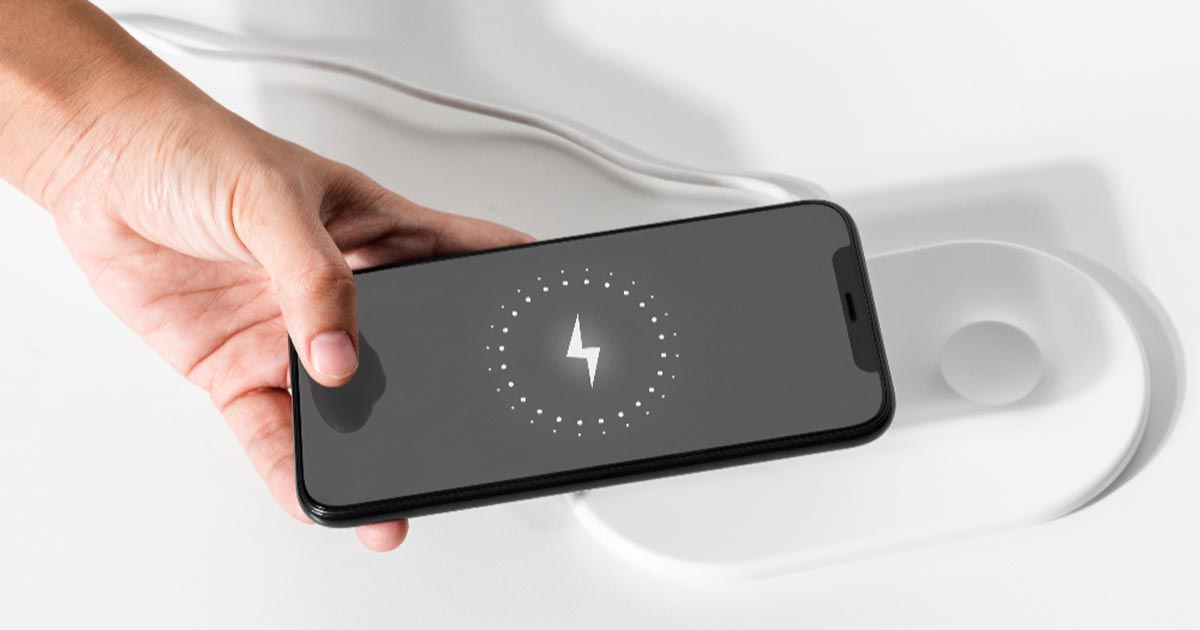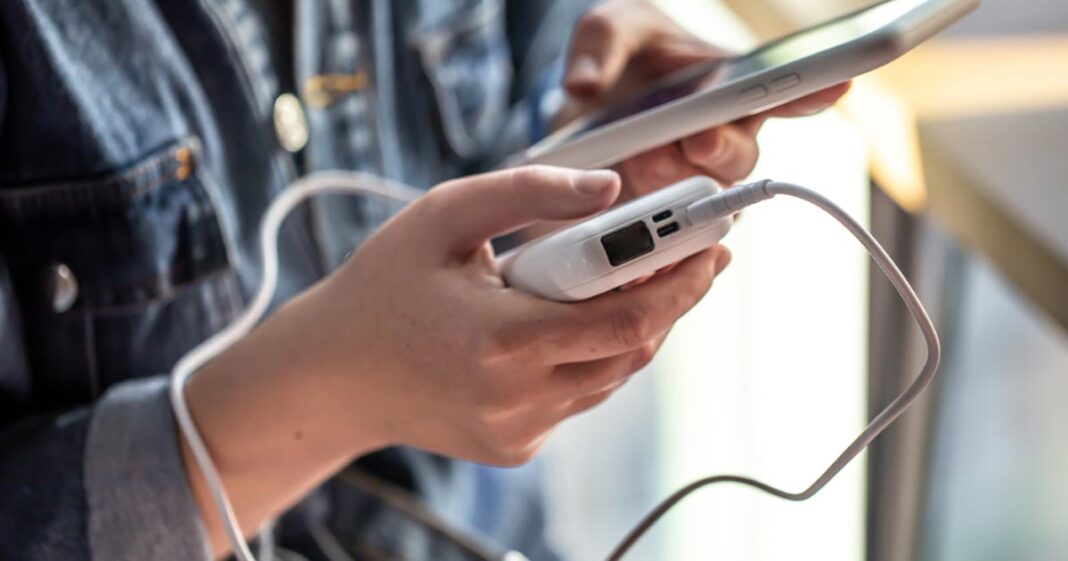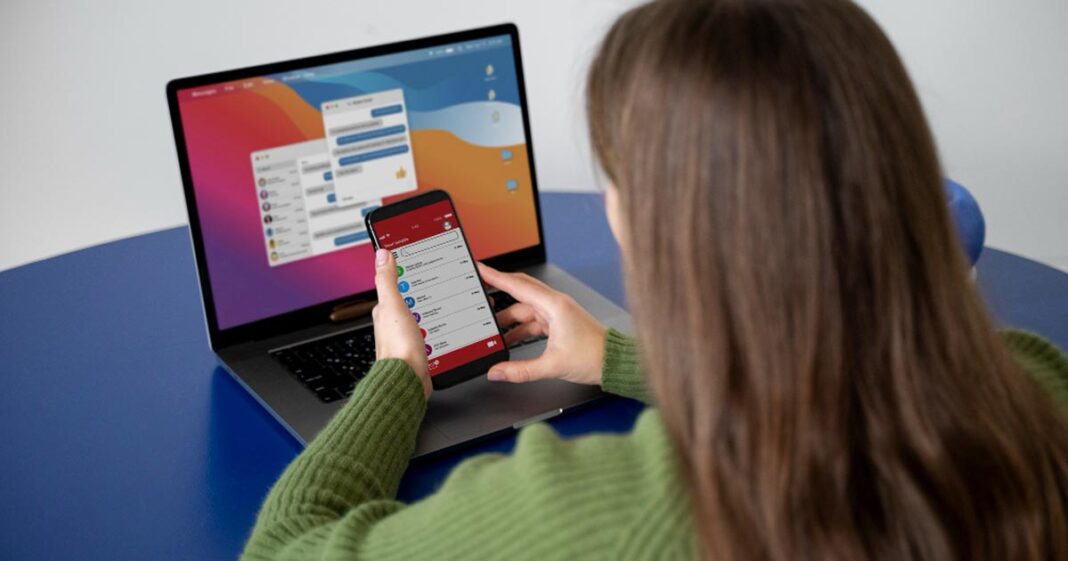
Your smartphone is an essential part of daily life, but its battery lifespan is limited. Over time, you may notice your phone not holding a charge as well as it used to. Many people unknowingly damage their phone’s battery with improper charging habits. Let’s debunk myths and uncover the best practices to keep your battery healthy for as long as possible.
Understanding Battery Wear: What Damages Your Phone Battery?
Lithium-ion batteries, the type found in most smartphones, degrade over time due to several factors. One major culprit is extreme temperatures—both excessive heat and cold can reduce battery efficiency and lifespan. If you often leave your phone in direct sunlight or in a freezing car, you’re shortening its battery life.
Another significant factor is overcharging. Leaving your phone plugged in at 100% for too long creates stress on the battery, accelerating degradation. While modern smartphones have built-in protections to prevent overcharging, consistently keeping a phone at full charge still contributes to long-term wear.
Using your phone while it’s charging also causes problems. Activities like gaming or streaming video while plugged in generate heat, which affects battery health. Additionally, cheap or third-party chargers that aren’t properly regulated can supply inconsistent voltage, potentially damaging the battery over time.
The 100% Charge Myth: Is It Bad for Your Battery?
A common belief is that charging your phone to 100% is the best way to maximize usage. However, lithium-ion batteries are designed to operate best when charged moderately. Charging to 100% and keeping it there for prolonged periods can cause faster capacity loss. Instead of a full charge, a more battery-friendly approach is maintaining a charge between 20% and 80%.
Why is Charging to 80% Better?
Most battery experts recommend stopping your charge at 80% rather than 100% to reduce stress on the battery. A battery charged to 100% holds a higher voltage, which increases wear over time. Think of it like stretching a rubber band to its maximum limit every day—it will eventually weaken.
The 20-80 Rule: A Game-Changer for Battery Longevity
If you want your phone battery to last longer, follow the 20-80 rule. This means charging your phone once it drops to 20% and unplugging it around 80%. This strategy reduces voltage stress and minimizes battery degradation. While it might seem inconvenient at first, it can significantly extend battery health over months and years.
Is Charging Overnight Bad?
Charging overnight is a common practice, but it’s not ideal. Though most smartphones stop drawing power once fully charged, they still experience small trickle charges that maintain 100% battery overnight. This keeps the battery under unnecessary stress for hours. If you must charge overnight, consider using a smart plug that automatically shuts off charging after a set time.
How Much Battery Drain is Normal in One Hour?
Battery drain varies depending on usage:
- Idle (no apps running): 1-2% per hour
- Light use (texting, browsing): 3-5% per hour
- Moderate use (social media, streaming): 5-10% per hour
- Heavy use (gaming, video recording): 15-30% per hour
If your phone drains more than this, check for background apps consuming power. Features like Bluetooth, location services, and background-refreshing apps can silently drain battery life.
How Long Should a Phone Battery Last?
A typical smartphone battery lasts about 2-3 years or 500 charge cycles before it starts to degrade significantly. A charge cycle is one full charge from 0% to 100%, so partial charges count toward the total. After reaching this threshold, you might notice your phone holding less charge or shutting down unexpectedly at higher battery percentages.
Final Thoughts: Best Practices for a Longer Battery Life
To maximize battery longevity:
- Keep your charge between 20-80% whenever possible
- Avoid extreme temperatures (both hot and cold)
- Use original or high-quality chargers
- Avoid prolonged gaming or streaming while charging
- Unplug your phone once fully charged
By following these habits, you can extend your battery’s life, reduce the need for early replacements, and keep your smartphone running smoothly for years to come!





